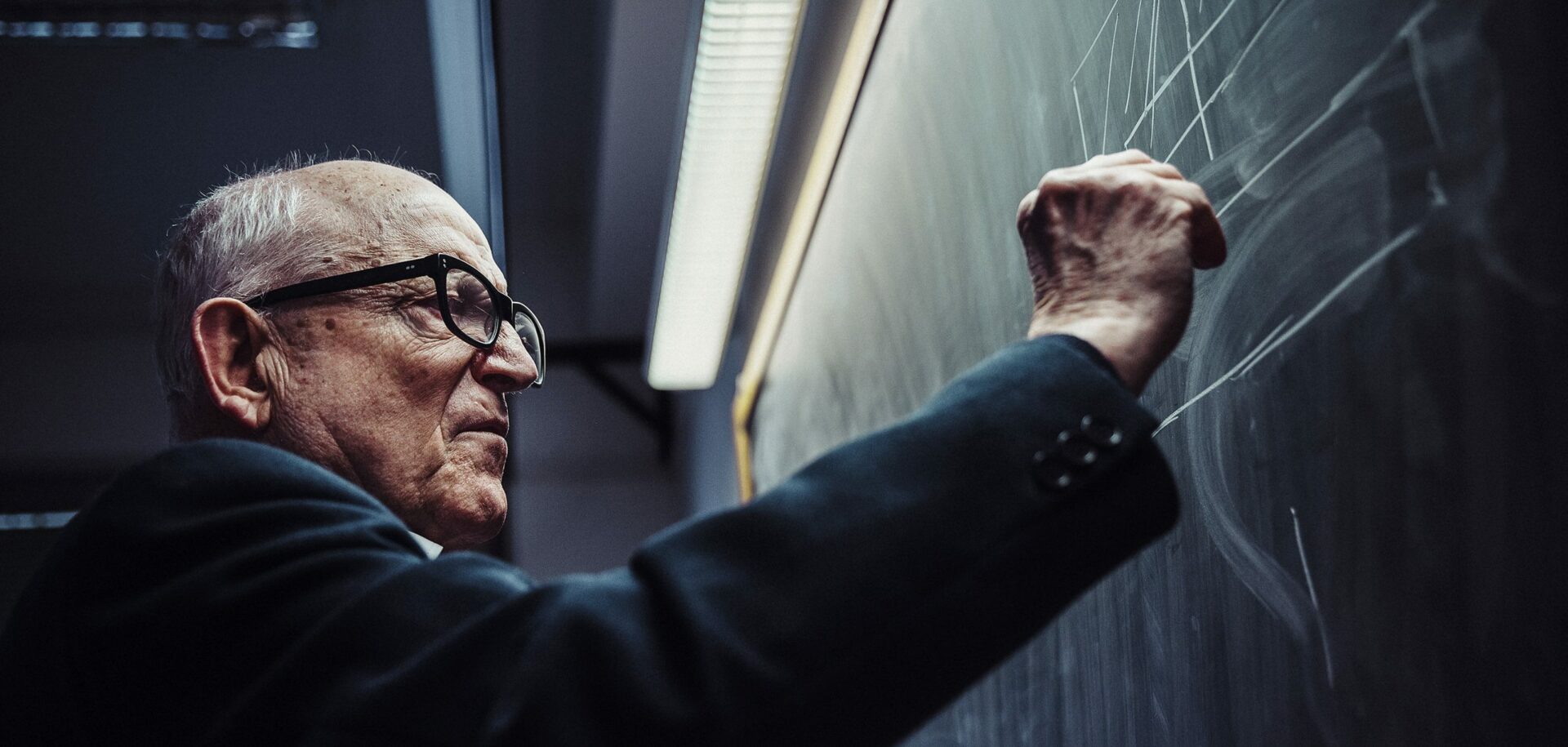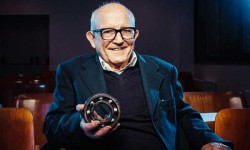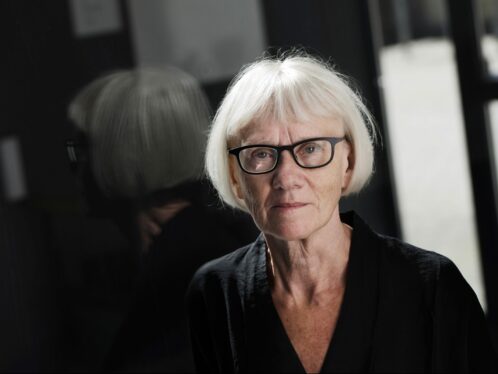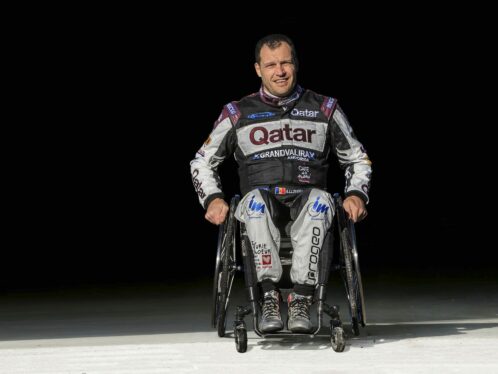
Dedicated to tribology
Roberto Bassani has been fascinated by the science of tribology since the term was coined in 1966. Today, he is focusing on the future of high-speed maglev.
Italy’s most famous Renaissance man, Leonardo da Vinci, did not invent trib-ology. The study of friction, lubrication and wear has been around for at least 6,000 years, but the word describing it did not exist in Leonardo’s time. Nevertheless, he understood several of its underlying principles, wrote them down and drew pictures of machines that incorporated this knowledge. Some 500 years later, another Italian, Roberto Bassani, of the University of Pisa, was equally fascinated by the emerging science of frictional interaction. Bassani had finished his engineering degree in 1963 and was a research assistant at the university, looking for an area of focus. At the same time, the British government was looking for ways to help its industrial plants save money and realized that they could do so by reducing energy consumption and wear. Such studies became a priority, and the word “tribology” was coined by British scientists in 1966 – a combination of the Greek words tribos (rubbing) and logia (the study of). The “science and technology of inter-acting surfaces in relative motion and of related subjects and practices” was born. Bassani was captivated. He had wanted to be an engineer since the age of 5 (“I just liked seeing how things worked,” he recalls) but found his true passion when tribology took shape as an official branch of engineering. One pillar of tribology, friction, is often seen as negative, but that is not always the case, and Bassani was drawn to such incongruities. “The friction between a shoe and the road makes it possible for us to walk, and the friction between two pieces of wood created the first spark that led to fire,” he explains. Bassani has produced more than 300 papers covering the major fields of tribology. In the mid-1980s he launched the Tribology Group of Italy’s National Research Council. His publications include an English-language textbook, Tribology, published in 2013. Bassani has also consistently encouraged cooperation between academia and industry. Through his efforts, industrialists have participated in conferences of the Italian Association of Theoretical and Applied Mechanics (AIMETA) in ever-increasing numbers since 1990. His involvement with the Italian Centre of Tribology (CITRIB) has promoted ties between classroom and companies, since CITRIB members are mainly drawn from industry. The Italian Association of tribology (AIT) is one of Bassani’s major achievements. It was founded in Pisa in 2005, to a large extent thanks to his efforts. “You wouldn’t believe the power struggles that went on behind the scenes to make that happen!” he confides. He became its first president and held that position until 2009. Today, AIT boasts more than 100 members, including both individuals and organizations in academia and industry. Bassani’s activity on behalf of tribology was recognized at the international level in 2006, when he received the Tribology Gold Medal, the world’s highest honour in the field. The award was made more memorable by the way he was notified. “Peter Jost himself called to tell me the news,” he recalls. Professor H Peter Jost is one of the fathers of modern tribology and is often credited with having developed the name. To date, Bassani is the only Italian among 38 individuals who have received this honour. The recognition helped promote the study of tribology in Italy and legitimize AIT, created the previous year. The seemingly indefatigable professor emeritus is now focusing his attention on magnetic levitation, or maglev. He sees this as a future direction for tribology, along with new materials and coatings. “High-speed maglev is suited for countries like Russia and the US, with their vast distances,” he notes. To overcome the problem of instability, his design calls for superconductor coils beneath vehicles running on permanent magnetic rails. “Naturally this all has to be tested,” he admits with a twinkle. Tribology and SKF in Italy Close collaboration has continued in recent years. SKF was the main sponsor of the World Congress of Tribology held in Turin, Italy, in 2013, attended by more than 1,300 guests from five continents. The logo for the event, drawn by Bassani, featured a stylized version of Leonardo da Vinci’s famous Vitruvian Man enclosed by a spherical bearing.
Roberto Bassani founded the Italian Association of Tribology in 2005, with SKF as one of the founding members. Two years later SKF invited him, along with other professors of engineering in Italy, to visit its research centre in the Netherlands. He was impressed by the facilities and the quality of research being conducted. The colleagues he met were equally impressed, as he had received the Tribology Gold Medal the year before.





